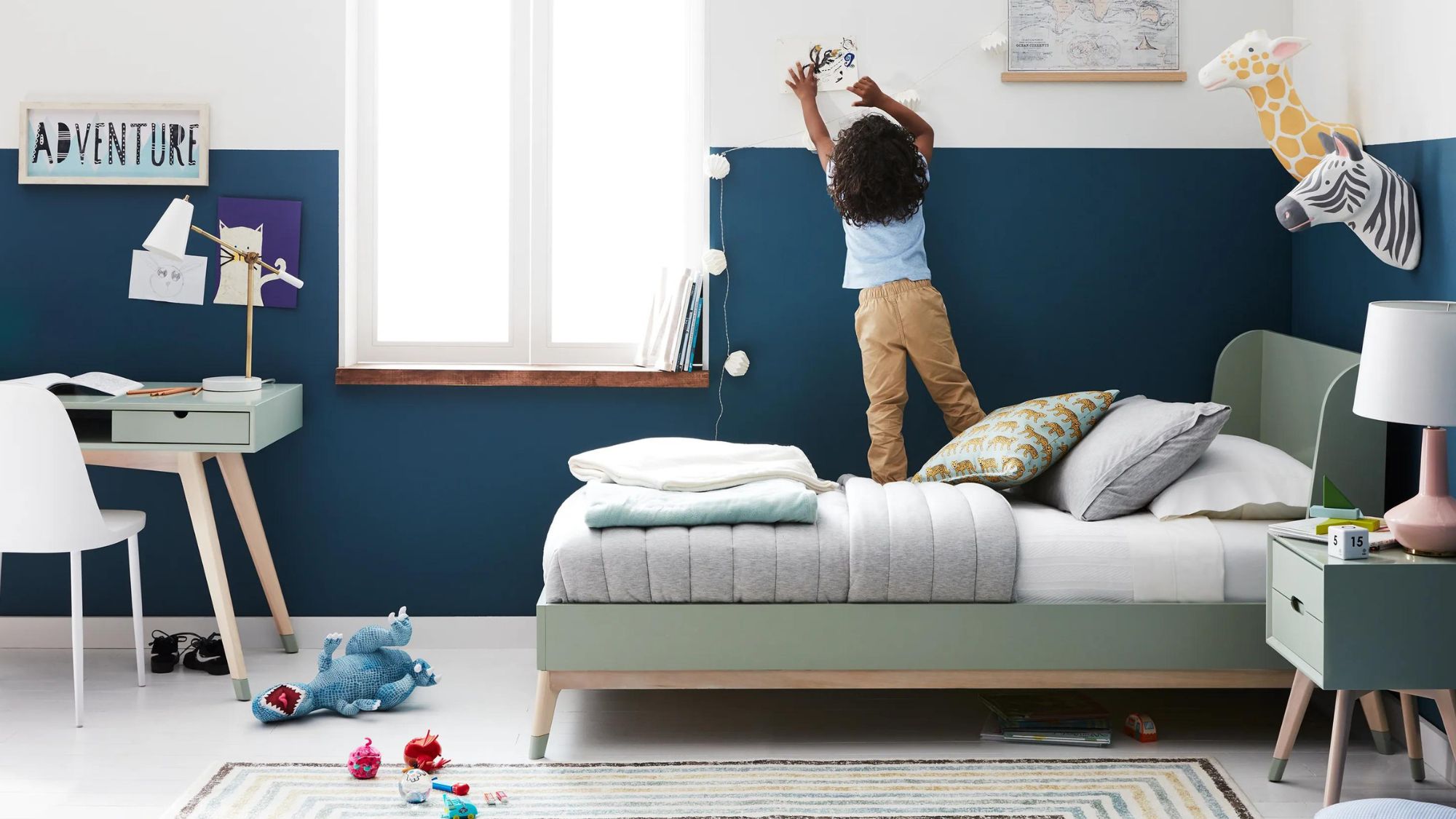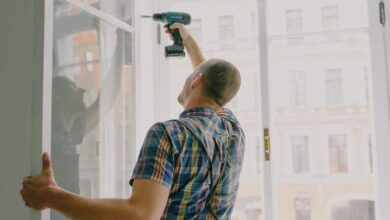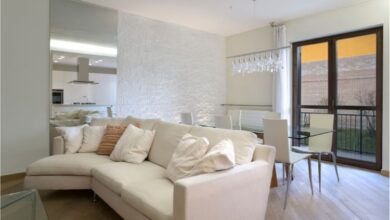How Can I Make My Child’s Bedroom Safe?

Creating a safe child’s bedroom environment for your child is a top priority for any parent or caregiver. Ensuring that the space is secure and comfortable involves a combination of childproofing measures, careful selection of furnishings, and ongoing vigilance. For example, using a flannelette fitted sheet can add extra comfort while maintaining safety. Here’s a comprehensive guide on how to make your child’s bedroom as safe as possible:
Choose Safe Furniture:
One should choose furniture with rounded corners or apply corner guards to the furniture to reduce the chances of a child getting cut. Items with a possibility of tipping over when pulled, such as dressers and bookcases, should be strapped to walls. Choose furniture that has no toxic elements such as lead, phthalates, and formaldehyde, and this applies to all furniture in the house. This will also prevent cases of children being abused while they are at school or institutions, thus meeting the standard set for the safety of children.
Secure and/or Blind the Windows and Doors:
It is for this reason that you should fit window guards or safety locks to ensure that your child cannot open the windows and in the process, fall out. These should be strong but easily retractable in incidences such as fires or an evacuation. On doors, fit anti-bouncing stops to ensure people’s fingers do not get pinched by the doors and fingerguard installations as well.
Weatherproof Your Electrical Plugs and Wires:
Files, sharp pencil tips, and other objects should not be within reach of your child. Electrical outlets should be fitted with outlet covers or safety plugs to prevent your child from inserting an object therein. Securitize blinds by using cord organizers or covers so that children cannot access the electrical cords.
Use Safe Bedding for A Safe Child’s Bedroom:
For each infant, a crib that meets the currently required standards for the manufacture of cribs should be used in a way that the mattress should fit against any side of the crib without leaving any space. It is advised not to use pillows, stuffed toys or any other soft and loose belongings to decrease the chances of suffocation. For older children, avoid bedding material that has things like strings and ornaments on it, which may be a choking hazard. Check if the bed rails or bumpers are properly fixed if they are to be used.
Make your Home Safe for Sleep:
Make sure the room’s temperature is moderate, preferably between 68-72°F (20-22°C), and use a thermometer to check. Moreover, nothing should be placed on the sleeping area to avoid the risk of suffocation, and proper ventilation should be provided to avoid heat build-up.
Safety Measures to be Observed:
If your child’s room has a climber or play structure, make sure that they are properly fastened and appropriate for your child’s age and weight. Do not locate big and large pieces of furniture close to climbing devices to minimize accidents from falls. Make sure the floor is free of inaccessible items. And toys that children may play with and cause them to trip over.
Install Safety Gates:
Use safety gates to control the accessibility of some rooms or to avoid falls when changing from a crib to a bed. Make sure the gates are properly anchored and of the correct height and strength as prescribed by the safety norms.
Ensure Proper Lighting:
Fix Spike nightlights to light up the house, so as to reduce the occurrence of accidents at night. Select models which remain cold to the touch. And it is not advisable to have lamps with bare bulbs for overhead lighting. Select lamps that have enclosed bulbs or lamps that have lampshades that can be screwed tightly.
Check for Choking Hazards:
Check the room daily for small objects or toys the child may find and put in his/her mouth. Chinese shall guarantee that toys are not products for the age category 0-3 and are constructed without elements easily separated from the toy. Ensure that toys bought for your child are age-appropriate and that toys with defects are disposed of.
Promote Fire Safety:
Put up smoke detectors in the child’s bedroom and test them occasionally to confirm their efficiency. Batteries should be changed if they are drained out. And other replacements should be made according to the manufacturer’s placement guide. Additionally, always place a fire extinguisher in the area of the child’s bedroom. And ensure that you and other children over ten know how to use it.
Teach Safety Awareness:
Explain to your child simple safety measures. Such as not climbing furniture, touching electrical outlets, or staying away from sharp objects. Additionally, perform basic security measures, including the evacuation corridors in case of emergencies or the ways by which one will be contacted during incidents.
Regular Safety Checks:
He or she should habitually inspect the child’s bedroom to confirm that all the safety measures installed in the house are in proper order. Periodically evaluate the room’s safety according to the child’s development level. Moreover, adjust the safety measures, such as the use of a crib and bed.
Conclusion – Creating A Safe Child’s Bedroom:
It takes a lot of prevention, active monitoring, and alterations to ensure that your child’s room is safe. Since kids are constantly growing and developing. Now that you know how dangerous furniture can be, how to childproof your environment. Get the right bedding and perfect sleep conditions. Moreover, and how to teach your child safety awareness. You can guarantee the child a safe, comfortable environment to grow in. Moreover, it is thus advisable to ensure that an extra effort is made in regards to maintenance and safety checks to keep the room safe for sleep, play, and growth of the child. Hence maintaining the room’s protection of maintaining the bedroom as a haven for your child.
Keep visiting thinkbomall for more informative articles.


